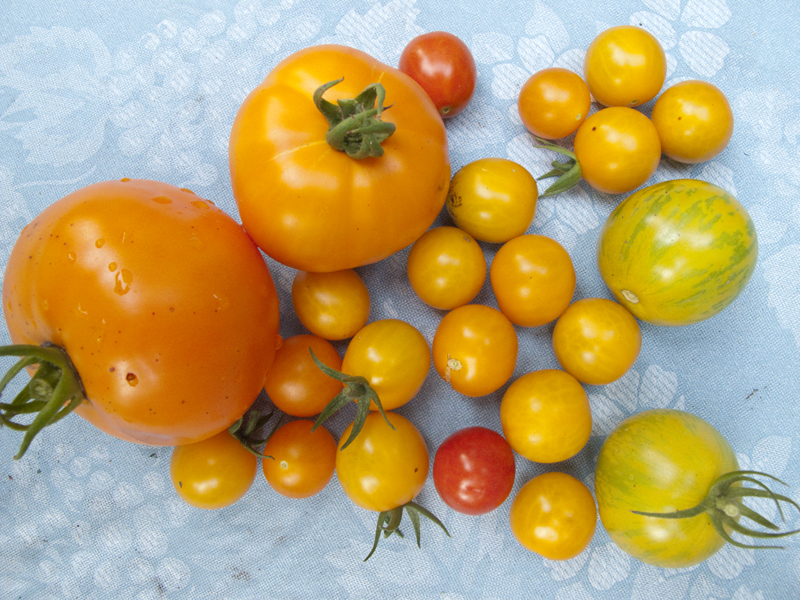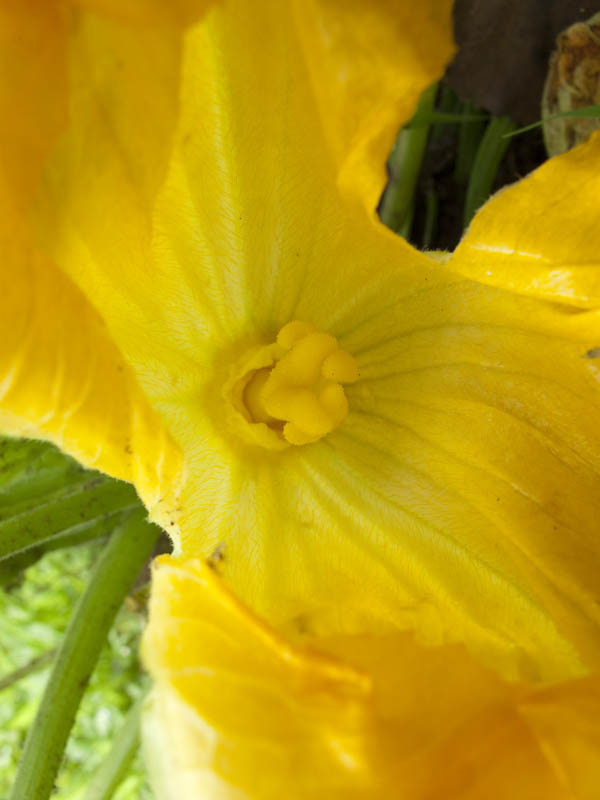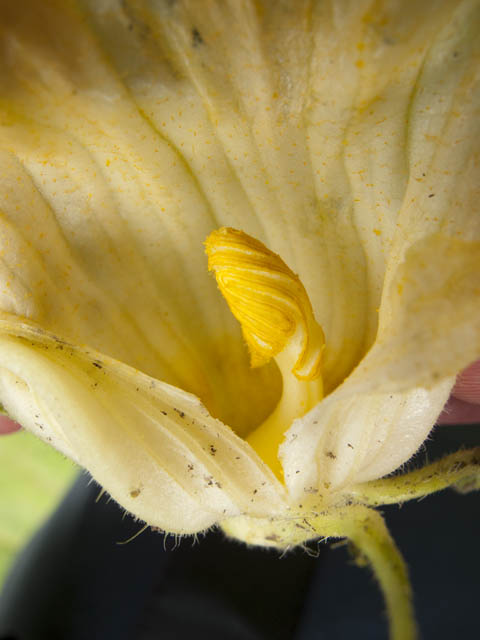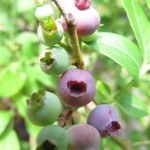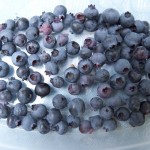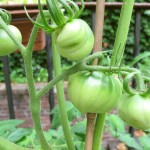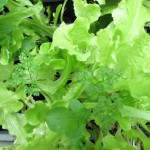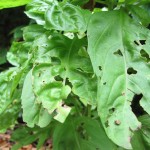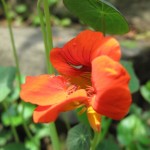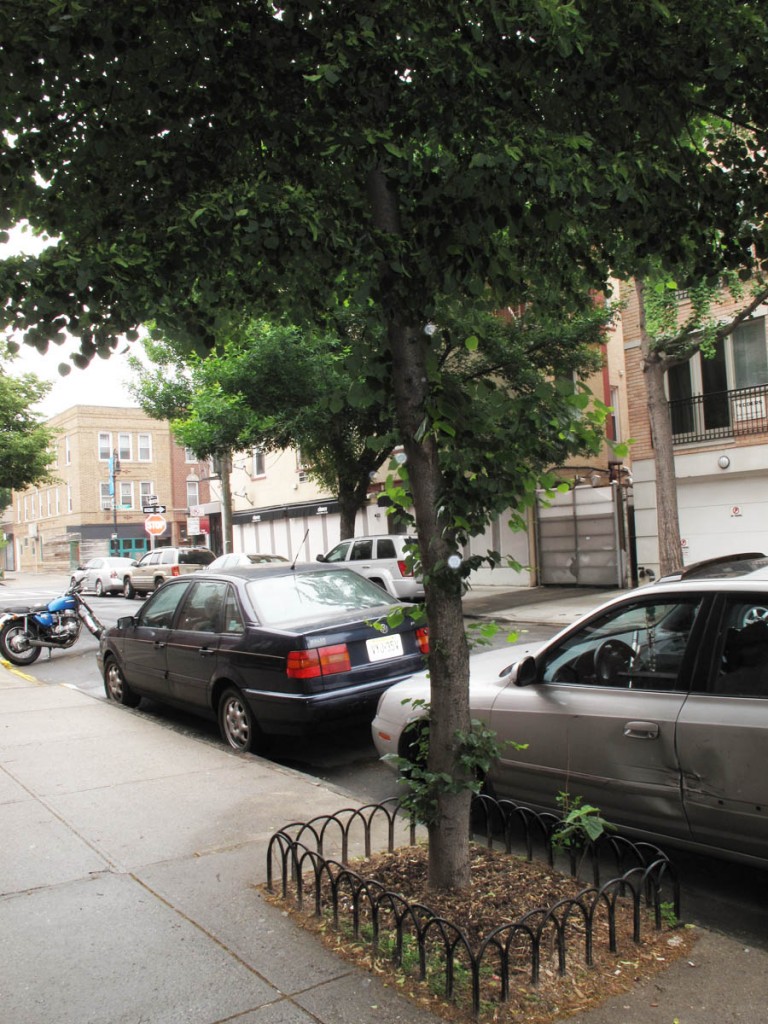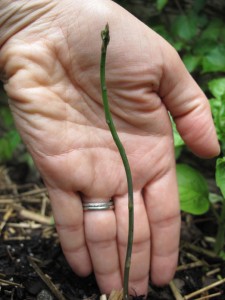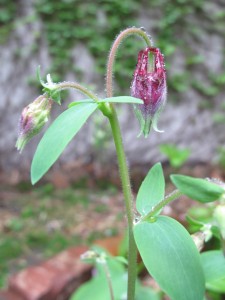from Detroit Lakes-Online, July 8, 2009
Increasing urban sprawl is creating more homes for people by taking away habitats for wildlife, forcing nature’s creatures to become vagabonds on the move or leaving them homeless on the streets.
In fact, according to The Biodiversity Project, a leading environmental advocacy group dedicated to conservation initiatives, one million acres of open space, including parks, farms and natural areas are lost to sprawl each year.
However, others are fighting to reverse this damage from development by providing food, water and shelter for evicted animals, transforming their own backyards into wildlife sanctuaries.
Detroit Lakes resident, Liz Ballard, lives in town not far from Highway 10. Entering her yard from the paved sidewalk one stets through an arch of native vines into a haven of ferns and wildflowers with birds chirping, bees buzzing and chipmunks running across the visitors’ feet.
Though Ballard said that she started her gardens when she moved into town for her own benefit as well — to use as an escape from the city.
“I’ve always been a country girl,” Ballard said. “I missed seeing the animals.”
National Wildlife Federation Ambassador for the Wildlife Habitat Program and sustainable garden landscaper, Mat Paulson, said that the trend of natural gardening is increasing in northern Minnesota as homeowners learn more about the many benefits.
Sustainable gardening attracts wildlife and also helps the environment reducing dependency on pesticides, improving air and soil quality and cutting down energy use on regular garden maintenance. Con
Paulson also said that natural gardening is beneficial for your pocketbook. As native plants and shrubs are already tolerant of Minnesota weather conditions, less care and cash needs to be placed towards watering and expensive fertilizers.
According to the National Wildlife Federation, attracting wildlife is a simple accomplishment:
• Food — This may include providing bushes with berries, flowers with nectar and pollen or supplemental bird, squirrel, and butterfly feeders.
• Water — There needs to be presence of standing water that wildlife can access for drinking and bathing. This can include seasonal pools, birdbaths, rain gardens or ponds.
• Cover — Wildlife need shelter from bad weather conditions and predators such as wooded areas, bramble patches, rock piles and roosting boxes.
• Places to raise young — Wildlife also requires special areas to bear young. Some examples include mature trees, dead trees, dense shrubs and nesting boxes.
Providing these habitat conditions will make your home a portal to the great outdoors. To learn more about sustainable gardening to attract wildlife, obtaining your backyard wildlife habitat certification and listen to Mat Paulson speak, attend the “Creating a Wild Backyard” workshop at Tamarac National Wildlife Refuge at 2 p.m. on July 12 at the visitors center.
